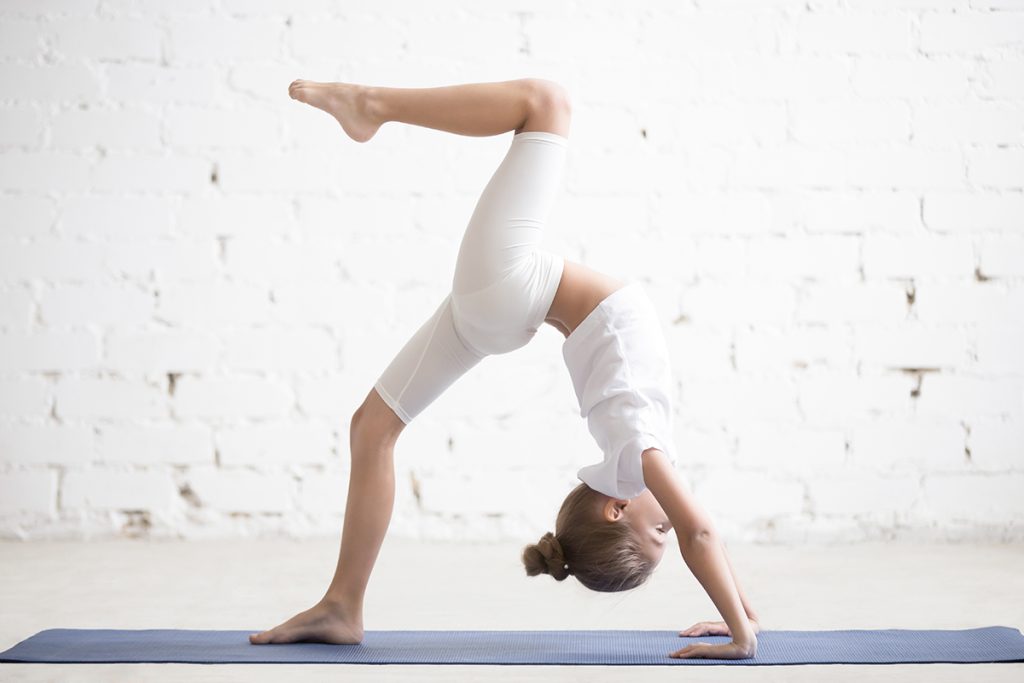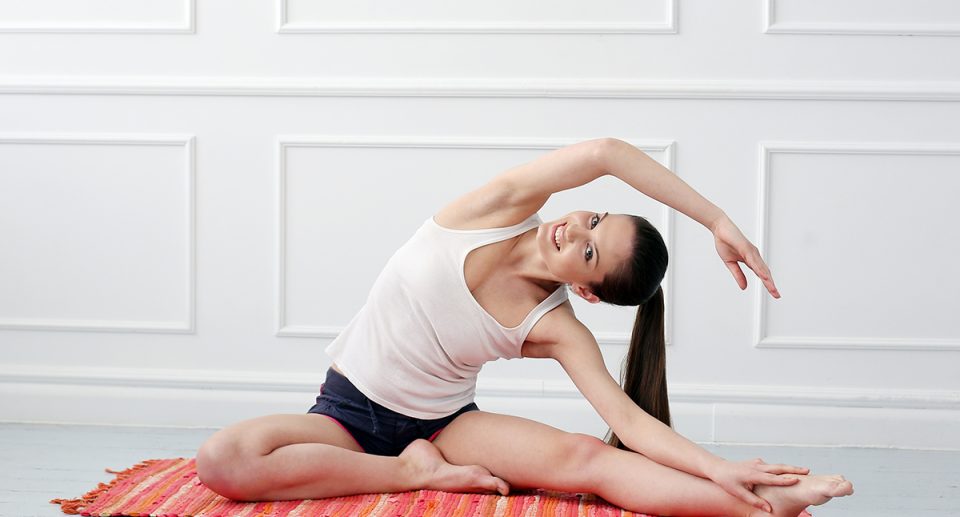Mini guide of how to become more flexible (Part 1)
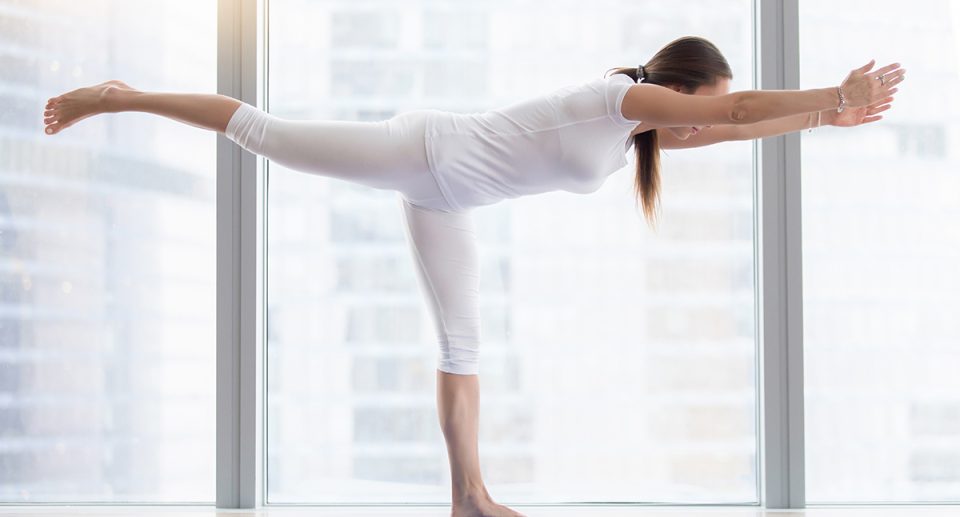
If you wake up feeling stiff or notice your posture is poor, it’s time to start stretching. Stretching offers more than just impressing friends by touching your toes. Improved mobility can make your body move and feel better overall.
An effective stretching routine acts as ‘joint maintenance,’ preventing pain and injury while ensuring proper joint movement. If you’re unsure how to begin, we’ve got you covered with some expert tips to become more flexible. We also provide good exercises, and a flexible program to follow in our part 2 of this series.
What is flexibility and why is it important?
Stretching isn’t just about holding a position, like a hamstring stretch. There are various ways to become more flexible and enhance your mobility. The key is knowing how and when to stretch, and incorporating more mobility exercises into your daily routine.
Most people sit too much and move too little, leading to tight muscles and poor mobility. An effective active stretching program can counteract these issues.
A 2017 study in BMC Health Services Research found a link between better mobility and a longer lifespan. While this doesn’t prove causation, it’s a good reason to start stretching and become more flexible!
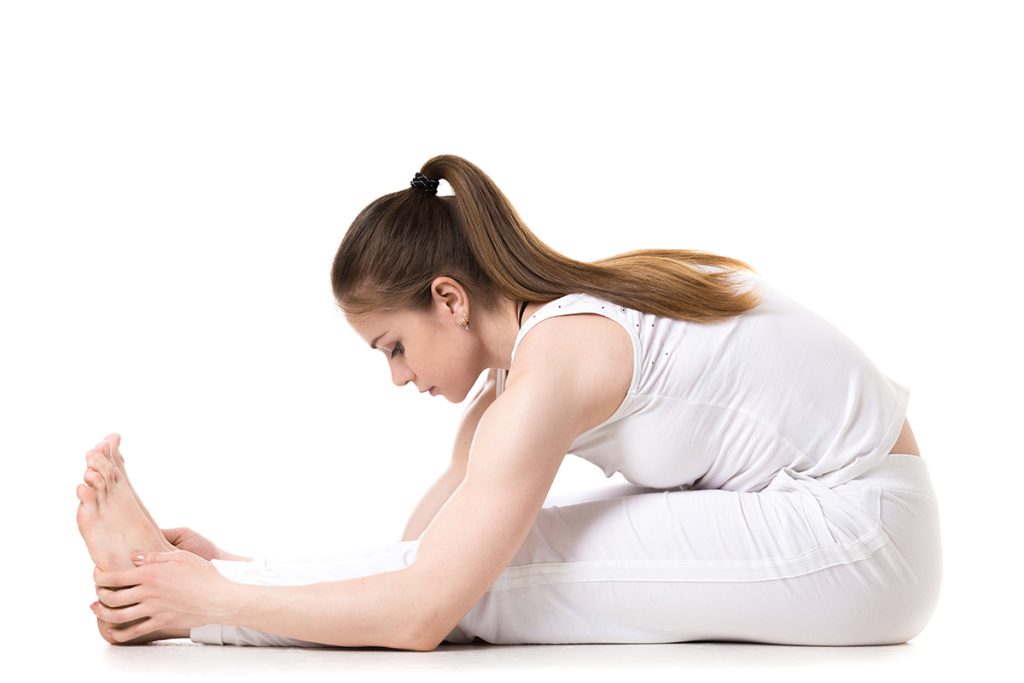
Flexibility vs. mobility: How do they differ?
Flexibility and mobility are often used interchangeably, but they have distinct meanings. Flexibility refers to the ability to passively stretch a muscle or connective tissue without movement. It’s a prerequisite for mobility but isn’t useful alone unless performing static poses.
Mobility, however, involves actively moving a joint through its full range of motion. For example, doing the splits shows flexibility, while high kicks demonstrate mobility. Being more flexible is crucial for daily activities and sports, making tasks like bending, reaching, and getting out of bed easier. Ideally, you should have both good flexibility and mobility for optimal movement.
A stretching routine can help you achieve both.
The advantages of stretching to inspire you to begin a routine
A consistent stretching routine offers numerous benefits for both your physical and mental well-being. Here are five reasons to incorporate stretching into your routine to become more flexible:
01. Injury prevention. Stretching helps maintain muscle flexibility and prevents muscle imbalances, reducing the risk of injuries. It allows joints to move through their full range of motion, promoting overall body mobility and resilience.
02. Improved athletic performance. Dynamic stretching before exercise enhances muscle power, force, sprint speed, and jump height, as noted in a 2017 review from Sports Medicine. This type of stretching also strengthens muscles and improves body awareness and balance, translating to better performance in sports and daily activities.
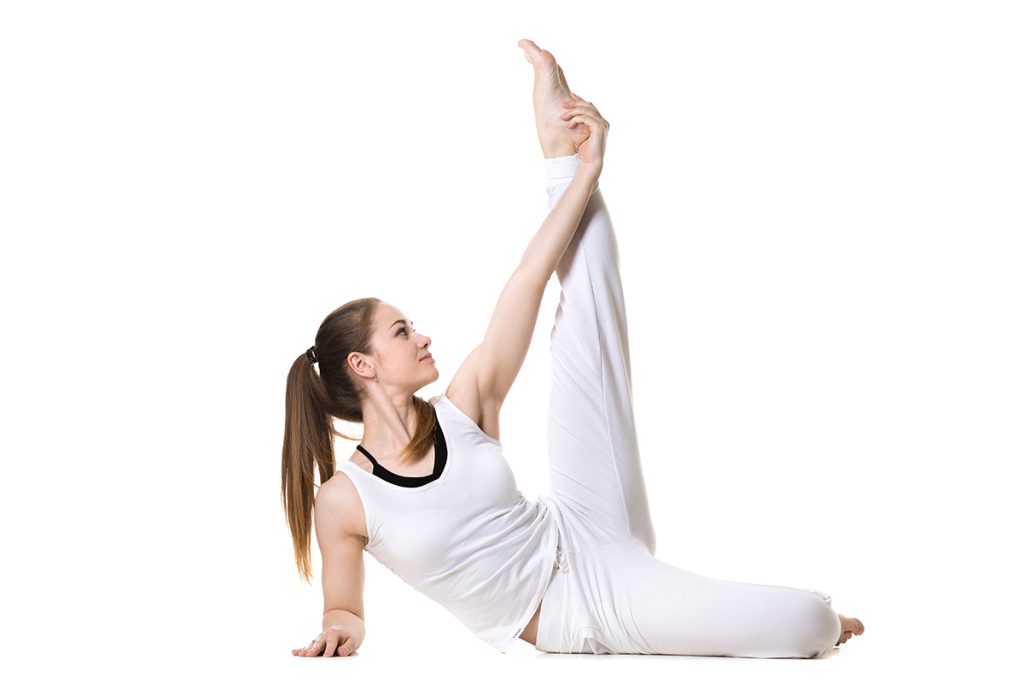
03. Increased range of motion. Stretching, including techniques like proprioceptive neuromuscular facilitation (PNF), enhances and maintains joint flexibility. Research from the International Journal of Sports Physical Therapy in 2012 supports the benefits of various stretching methods for improving range of motion.
04. Cardiovascular health. Recent studies, such as one published in the Journal of Physiology in 2020, highlight that regular stretching an being more flexible can lower blood pressure, improve blood circulation, and reduce arterial stiffness. These improvements contribute to a lower risk of cardiovascular issues like strokes and heart attacks.
05. Stress reduction. Incorporating stretching into your routine can promote relaxation by alleviating muscle tension, increasing blood circulation, and inducing a sense of calmness and relaxation.
Embracing a regular stretching routine not only enhances physical performance but also contributes to overall health and well-being.

Strategies for improving flexibility and mobility
Improving your mobility and being more flexible requires understanding different stretching techniques and when to use them:
Static Stretching. This involves holding a stretch in place for 30 to 60 seconds, primarily beneficial for enhancing flexibility and range of motion. It’s recommended post-exercise when muscles are warmed up. Pre-activity static stretches may slightly reduce strength and performance, particularly noted in elite athletes (Frontiers in Physiology, 2019).
Dynamic Stretching. Used as a warm-up, dynamic stretching involves actively moving through stretches like leg swings, arm circles, and lunges. It helps improve mobility and range of motion, preparing the body for physical activity.
PNF Stretching. This active stretching method enhances mobility, strength, and joint stability. It involves stretching a muscle maximally and then contracting it while in that stretched position. PNF stretching is highly effective to become more flexible and improve active mobility simultaneously.
Understanding these stretching methods and their appropriate applications can significantly enhance your overall mobility and flexibility.
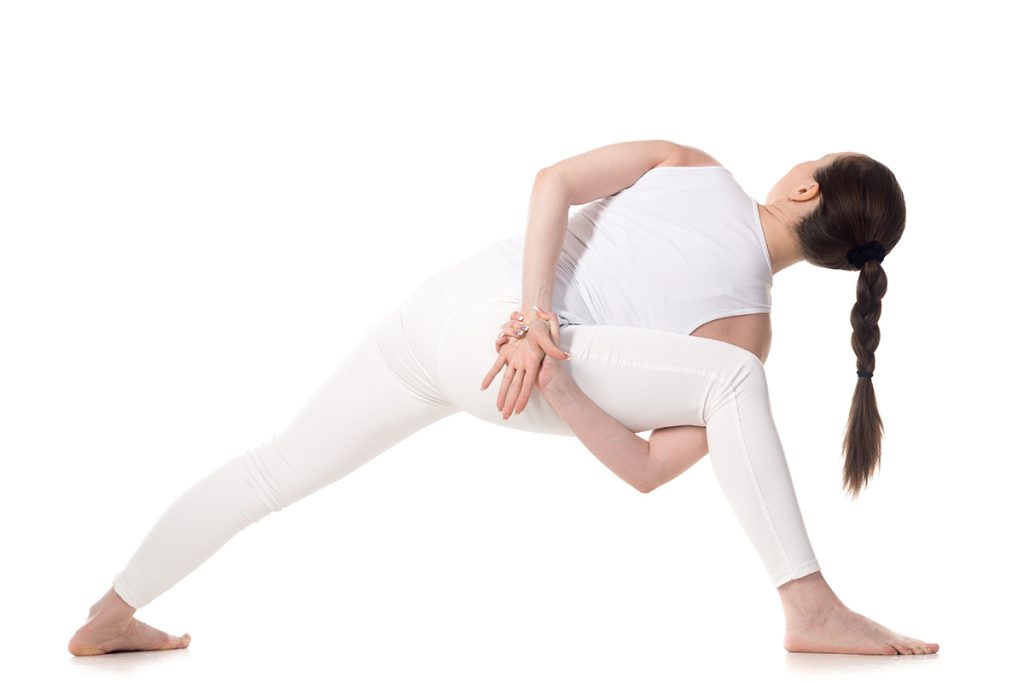
Mini guide of how to become more flexible (Part 1) conclusion
Poor flexibility is largely influenced by your lifestyle. Your body adapts to the positions it experiences most frequently. Many people spend prolonged periods sitting in a hunched-over position at their desks, which can lead to decreased flexibility and mobility over time.
Improving flexibility depends on several factors including age, current flexibility, daily activity levels, and the variety of movement incorporated into your day.
Effective active stretching can yield noticeable improvements in becoming more flexible even after a single session, regardless of age. However, if you’ve developed significantly tight muscles over years of inactivity and sitting, it will take time to reverse these changes.
Consistency is key. By stretching regularly, you can expect to see significant improvements in flexibility and mobility within six months. While daily stretching is beneficial, committing to at least three days a week can also lead to substantial gains.
